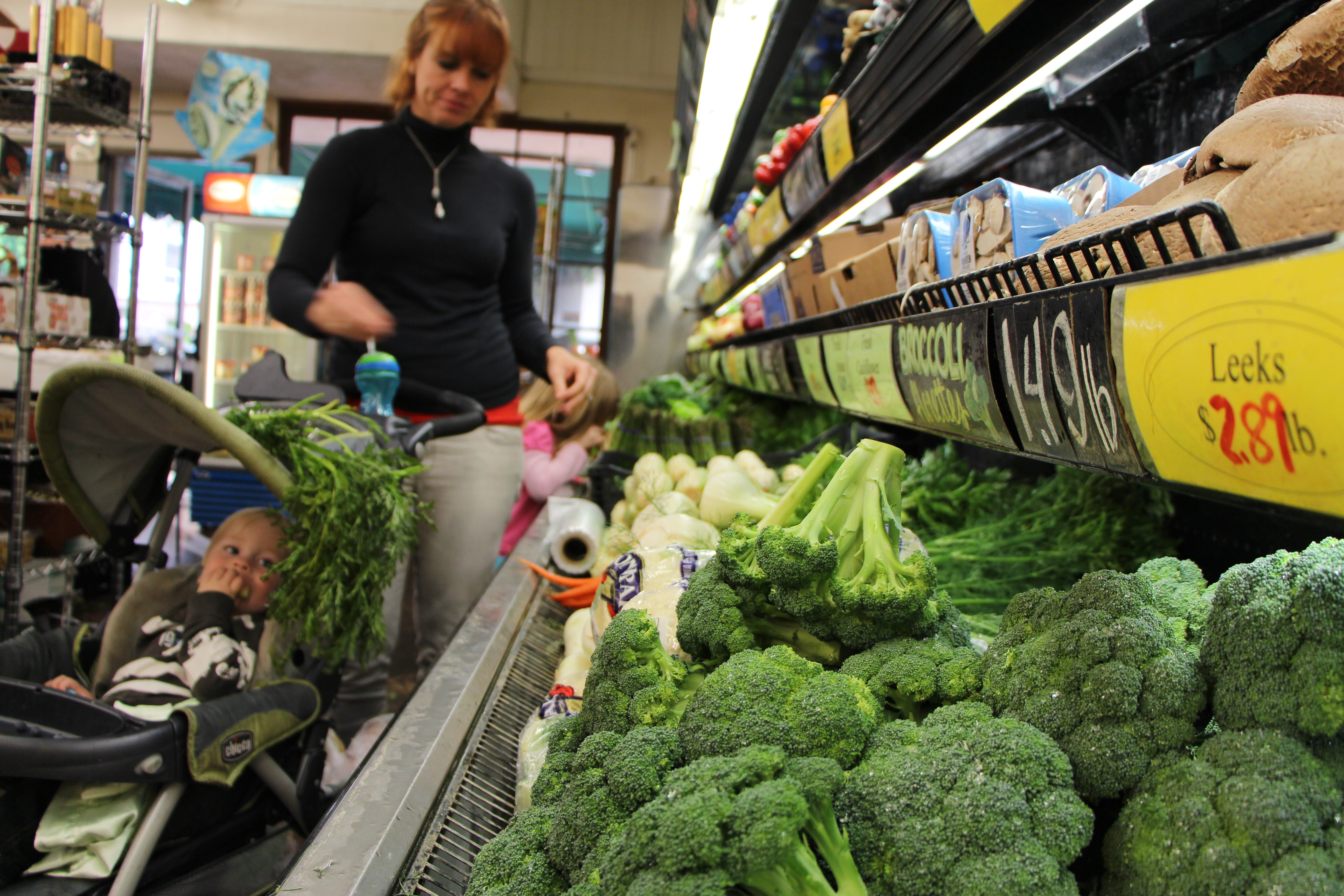This article was contributed by Debbie M., MS, RD
Can food act as more than just nourishment? Absolutely! But it may be unclear as to exactly how it does this. The terms “detoxify” and “cleanse” have been used interchangeably in regards to nutrition. Some diet plans are geared toward intestinal cleansing, while some supplements are intended to remove the body’s impurities. Unfortunately, many popular programs fail to identify the targeted toxins or how the purification is achieved.
There is potential for our bodies to respond to any compound we come into contact with, whether ingested or not (such as a surface toxin or inhaled germ). Environmental pollutants are a particular concern driving many to try detoxification techniques. So, can a good cleansing sweep away ALL of the unwanted molecules? No, but it may be a step in the right direction.
The intended goal of detoxification is to flush out the body’s impurities. If the compounds aren’t water-soluble, they must be transformed into such, so that they can be excreted in urine, sweat, bile or feces. Detoxification strategies should be aimed at supporting the organs and biochemical (enzymatic) processes that achieve the transformation with certain* [see below] phytochemicals, amino acids, minerals and B-vitamins.
Most cleansing programs follow similar rules: don’t eat processed food, avoid sugar, abstain from alcohol, omit added salt, drink water, sleep well and consume antioxidant & fiber rich foods. These recommendations are consistent with healthy diet guidelines! The top recommended foods for detoxification are various produce (including cruciferous vegetables garlic and onion), green tea, water and probiotics. If organic fruits and vegetables are cost-prohibitive, then using well-washed produce is still advisable.
Colon cleanses are promoted to excrete ‘built up’ waste products. Just as during a clear liquid diet prior to bowel surgery, everything has a chance to clear out. Giving your gut cells a short-term rest may also allow them to rejuvenate. A complete fast (even omitting broth and clarified juice) would offer the same outcome, but you’d risk dehydration, problems with concentration and lack of energy.
Now for products – do you really need an enema, herbal laxative, saltwater solution or concoction? They are not scientifically proven methods to remove toxins from the body. A good probiotic source, on the other hand, helps improve intestinal health so the gut can do its job better. *A supplement might enhance intake of catechins, curcumin, sulfur or fiber when dietary intake is lacking.
As for weight loss, a cleanse DOES NOT solve weight issues but may kick-start a new program. A brief detoxification period (or modified fast) can give you a break from your bad habits, and thus help ready you for a permanent change. Successful adherence to strict guidelines during the short-term can motivate some people to improve their long-term diet.
Of course, you should always be cognizant of what you are and are not putting into your body. If you have any questions as to whether or not a specific cleanse or detox diet is correct for you, I recommend contacting a certified nutritionist or physician.
Ultimately, if you wish to keep your body healthy, then you need to have the right foods available by stocking up on wholesome choices. Limit temptation by ditching the junk from your home.
So overall, I do recommend a cleanse — of your pantry and refrigerator/freezer! Just replenish them with plenty of fresh fruits, vegetables and whole grains.
Be sure to come back for more inspiring REAL STORIES and helpful TOP TIPS every week. Simply CLICK HERE to learn how you can instantly receive each article as soon as they are published so you don’t miss a thing!
Main sources— Spring Cleansing: Assessing the Benefits and Risks of Detox Diets, Juliann Schaeffer. Today’s Dietitian Vol.10, No.5, P.34 (May2008 issue) Defining Detox: Reclaiming One of the Most Divisive Words in Dietetics, Robin Foroutan. Food& Nutrition Vol. 1, No. 3, P.13-15 (Fall 2012 issue)

Eating healthy food and working out early mornings put you back into shape, and motivate your emotions. thank you LA FTINESS!
Dear Blog,
Thanks for that, I’m looking for a detox diet that will clean out all the junk in my system from eating meat. I don’t want to starve myself and drink lemonade for 10 days, or anything crazy. Just something that will help cleanse my body quicker than waiting a month for it to do it on its own.
Any suggestions?
Regards
You will have to do some groundwork here, as I can’t promote a particular brand or product on this one. As a self detox for a few days you could eat vegetables, fish and fruit, with kefir, green tea, and water to drink. If attempting a longer cleanse, you’d incorporate egg whites, nuts & seeds, beans, avocado, and whole grains. You shouldn’t have to pay for a decent plan. Just be sure the source is reputable and follows rules in article above.